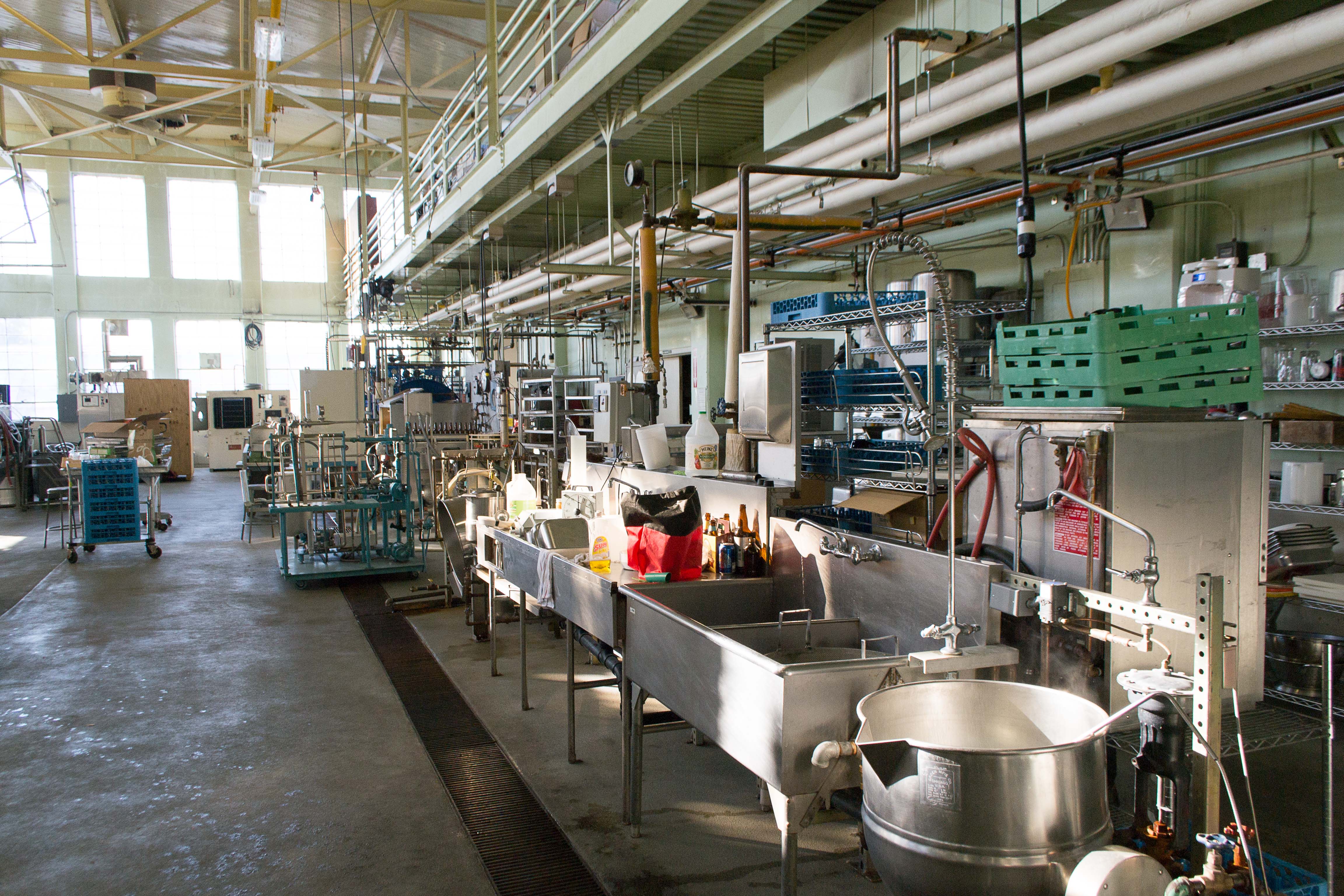
Photo from academic.microsoft.com
A total of 180 lamb carcasses and 200 inert surfaces were sampled in two commercial abattoirs (plants A and B) from northwest Spain. A higher (P < 0.001) average microbial… Click to show full abstract
A total of 180 lamb carcasses and 200 inert surfaces were sampled in two commercial abattoirs (plants A and B) from northwest Spain. A higher (P < 0.001) average microbial load (log CFU per square centimeter) on lamb carcasses was observed for total viable counts (TVC; 2.74 ± 1.15) than for Enterobacteriaceae (2.21 ± 1.16). Different microbial counts were found on carcasses from plants A and B, both for TVC (2.56 ± 0.96 versus 3.18 ± 1.47, respectively; P < 0.001) and Enterobacteriaceae (2.09 ± 0.97 versus 2.50 ± 1.61, respectively; P < 0.05). High correlations (P < 0.001) were observed for TVC and Enterobacteriaceae in both plants A (r = 0.708) and B (r = 0.912). The percentages of unsatisfactory daily mean log values for carcasses, according to European Union Regulation (EC) No 2073/2005, were 0.0 (TVC) and 30.8 (Enterobacteriaceae) in plant A and 10.0 (TVC) and 40.0 (Enterobacteriaceae) in plant B. Average counts for inert surfaces were all lower than 10 CFU/cm2 (TVC) or 1 CFU/cm2 (Enterobacteriaceae). The need to improve hygienic practices in order to adhere to the European Union microbiological performance criteria is emphasized. The detected different microbial counts between slaughterhouses could be attributed to differences in external hygiene of livestock and in the number of slaughterhouse workers. Microbiological analysis of carcasses and surfaces allows detection of hygienic concerns in the overall process.
Journal Title: Journal of food protection
Year Published: 2017
Link to full text (if available)
Share on Social Media: Sign Up to like & get
recommendations!